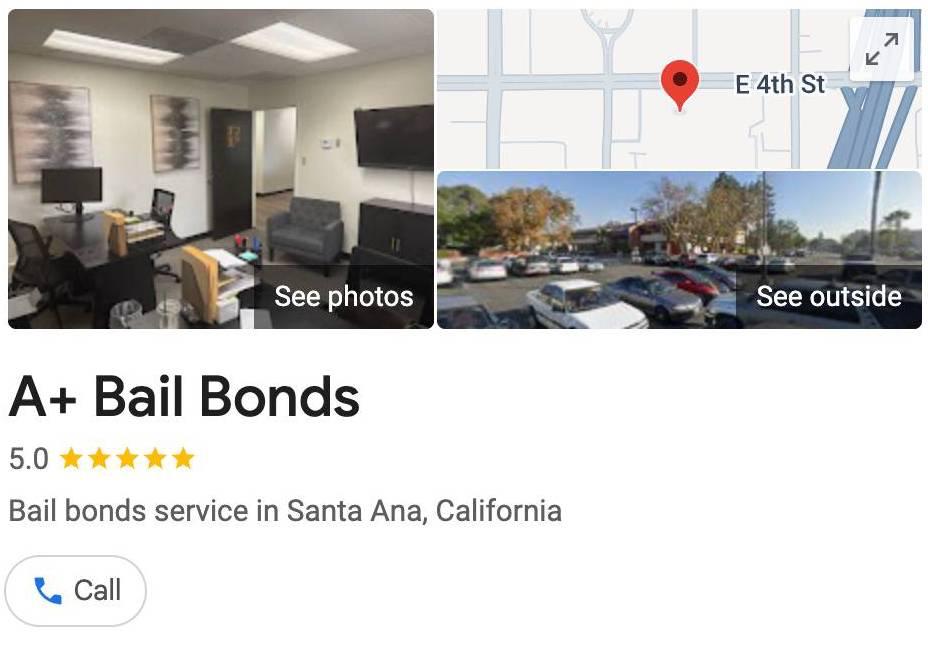In California, the notion of freedom comes at a price. When someone is arrested, a judge may set a bail amount that must be paid for the arrested individual (the defendant) to be released from custody while awaiting trial. This is known as bail, and it serves as a financial incentive for the defendant to return for court dates. For many people, securing bail is critical not just for freedom but also for maintaining employment, family ties, and personal wellbeing.
In light of issues surrounding housing and homelessness in California, it’s worth noting that the bond process can be a lifeline for those caught in circumstances that may ultimately lead to greater personal turmoil. A+ Bail Bonds stands ready to assist individuals in navigating these turbulent waters with fast, professional, and affordable bail bond services.
Step-by-Step Guide to Posting Bail in Los Angeles
For those arrested in Los Angeles, here’s a straightforward guide on how to navigate the bail process:
1. Determine Bail Amount:
Once arrested, an individual will remain in custody until a judge determines the bail amount, based on several factors including the severity of the charges, criminal history, and flight risk.
2. Contact a Bail Bondsman:
After the bail is set, you or a loved one may contact a licensed bail bondsman, such as A+ Bail Bonds. The bondsman can guide you through the process, ensuring that you understand the terms and conditions associated with posting bail.
3. Complete Required Paperwork:
The bail bondsman will require you to fill out paperwork detailing the defendant’s information and the circumstances surrounding the arrest. It’s crucial to provide accurate information because any discrepancies can lead to issues later.
4. Pay the Premium:
Typically, a bail bondsman charges a fee, which is usually around 10-15% of the total bail amount. For example, if the bail is set at $10,000, you would need to pay the bondsman a premium of $1,000 to $1,500. This fee is non-refundable.
5. Collateral Requirements:
Depending on the circumstances, the bail bondsman may also ask for collateral, such as property or valuables, to secure the bond. This is especially common for higher bail amounts.
6. Bail Bond Execution:
Once the necessary paperwork is completed and the premium is paid, the bondsman will issue a bail bond. This bond is then presented to the jail or courthouse, allowing the defendant to be released.
7. Release and Next Steps:
After the bond has been processed, the defendant will be released. It’s essential to understand that entering into a bail bond agreement means the defendant must appear in court as scheduled.

Understanding the California Bail Process
In California, the bail process operates under state law, which defines how bail is set and handled. Here are some crucial points to keep in mind:
-
Bail Schedule: California courts often use a bail schedule, which outlines the recommended bail amounts for various offenses, offering some predictability in bail setting.
-
Bail Hearings: In cases where the bail amount is contested or when suspects are deemed a flight risk, attorneys can request a hearing to argue for a lower bail.
-
Bail Exemptions: Certain individuals might qualify for bail reductions or even release on their own recognizance, based on factors like being a first-time offender or possessing a stable home environment.
- Failure to Appear: If the defendant fails to appear in court after being released on bail, the bail bondsman has the right to pursue the collateral and may take legal action against the defendant to recover the bond amount.
Frequently Asked Questions
Q: What if I can’t afford to pay the bail premium?
A: A+ Bail Bonds offers flexible payment plans to help clients manage costs while ensuring their loved ones can gain release.
Q: What happens if the defendant doesn’t show up to court?
A: If the defendant misses a court date, the bail bond may be forfeited, and the bondsman will pursue the defendant to recover the funds.
Q: Can bail be refunded?
A: Typically, the bail premium paid to the bondsman is non-refundable, even if the defendant is acquitted at trial.
Q: What can be posted as collateral?
A: Collateral can include property, vehicles, or other valuable assets to secure a bail bond, depending on the bond amount and specific requirements of the bondsman.
Whether you or a loved one is facing legal challenges amid California’s housing and homelessness crises, A+ Bail Bonds is committed to offering support and understanding through the bail process. Seek us out to help turn the California dream into a reality for those in challenging situations.

